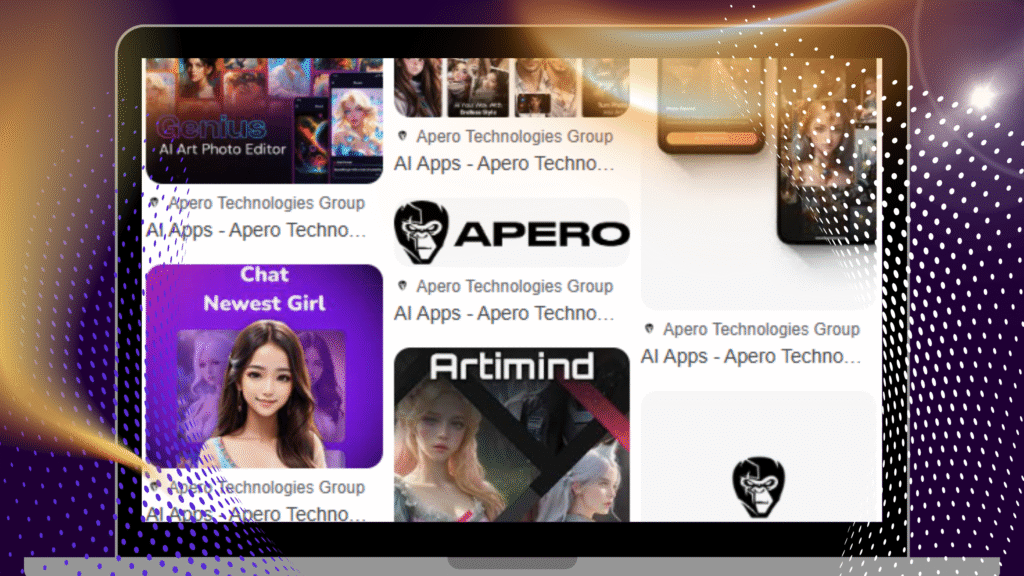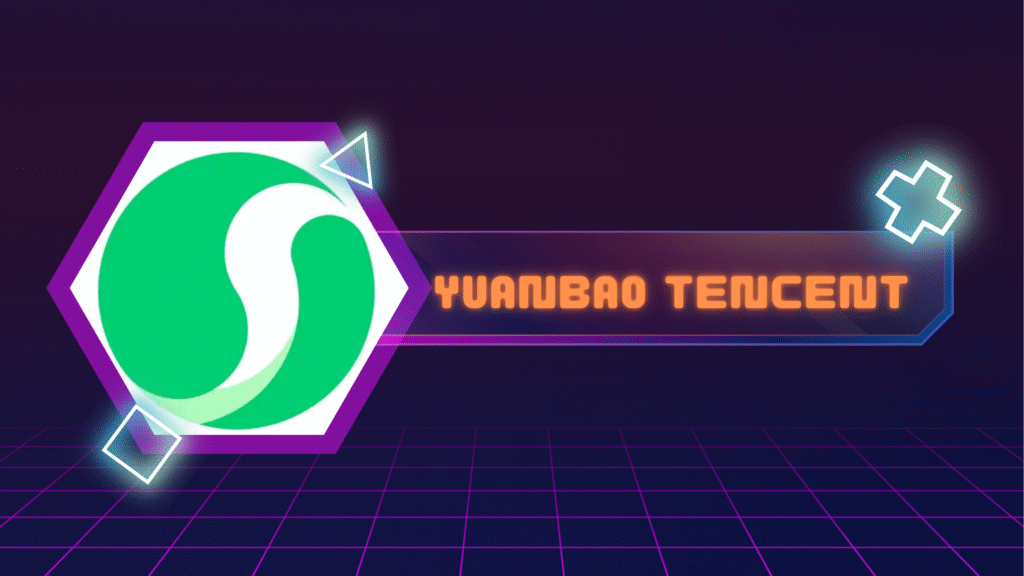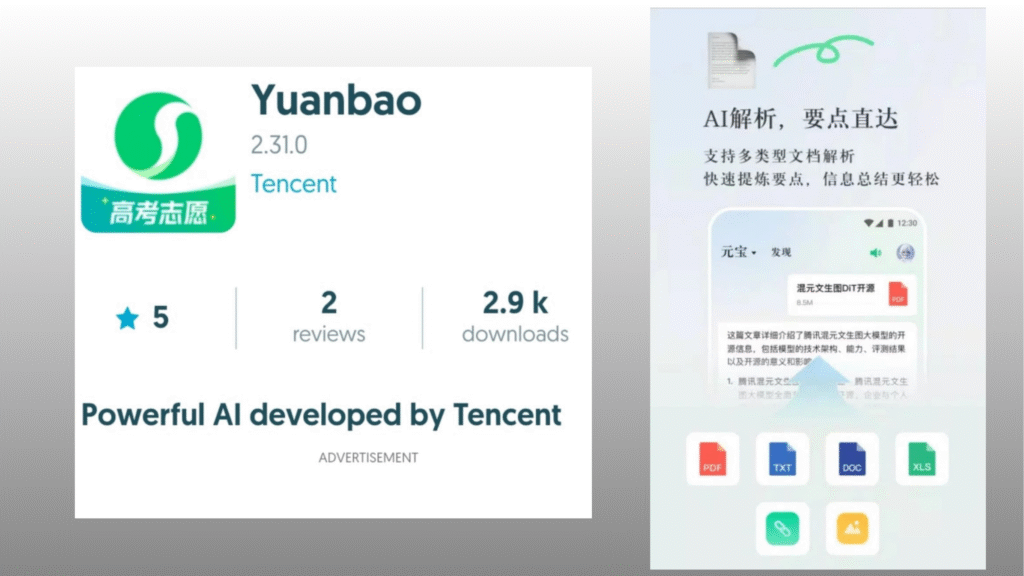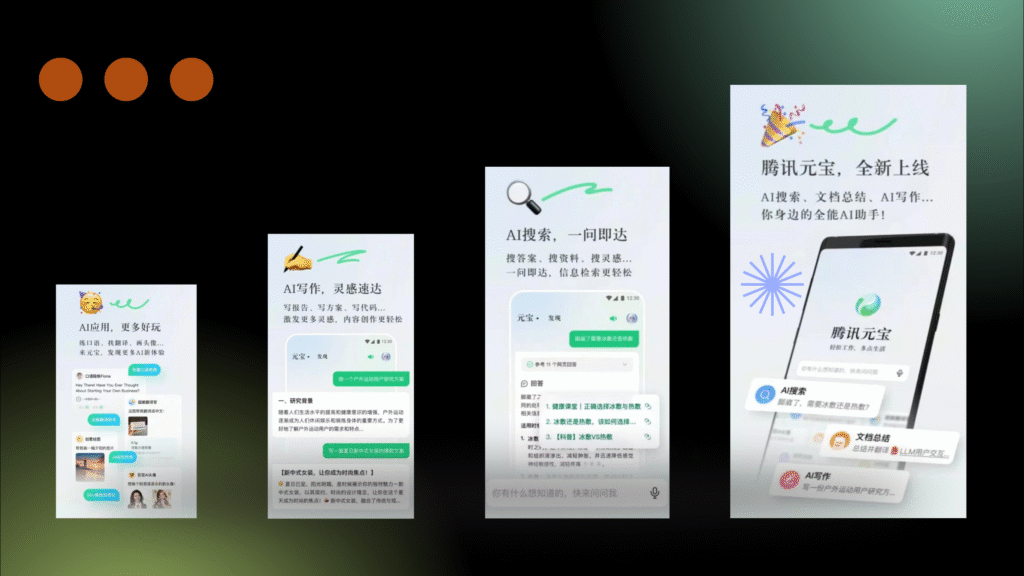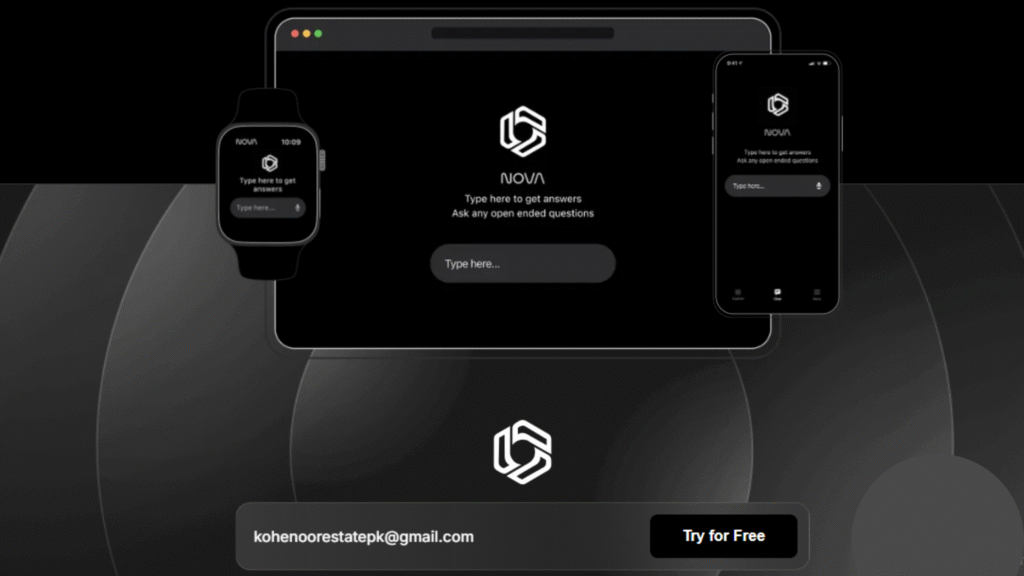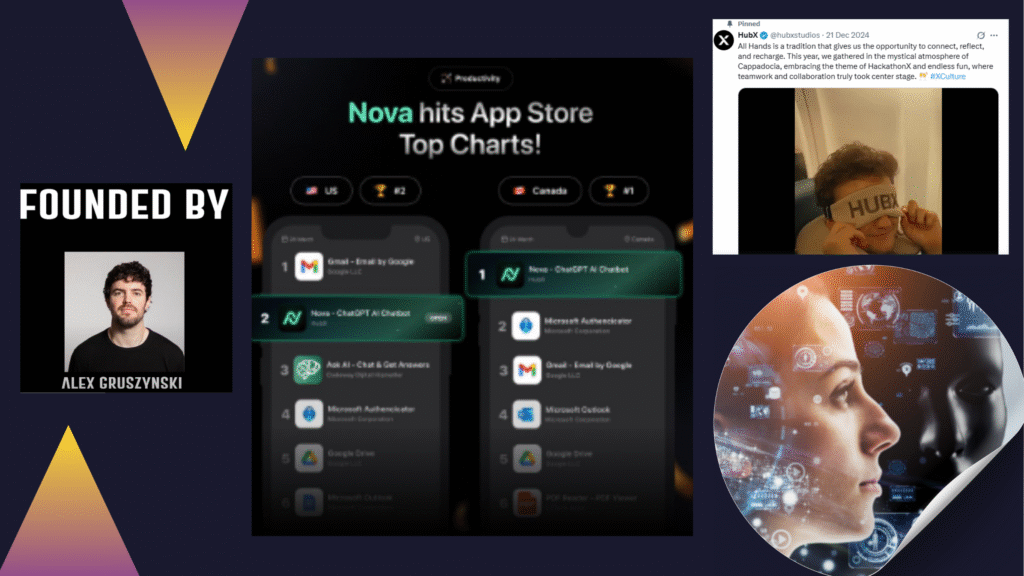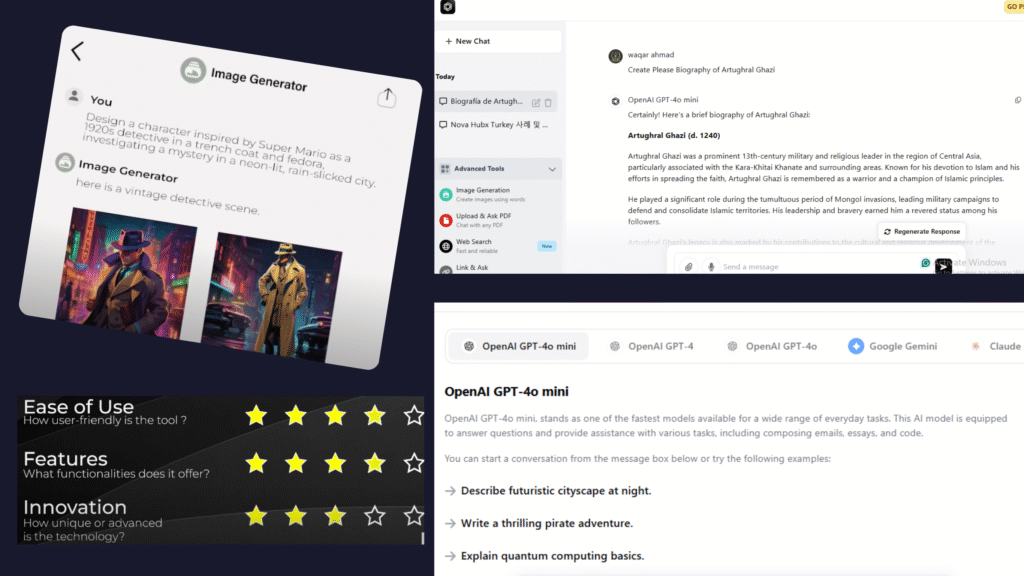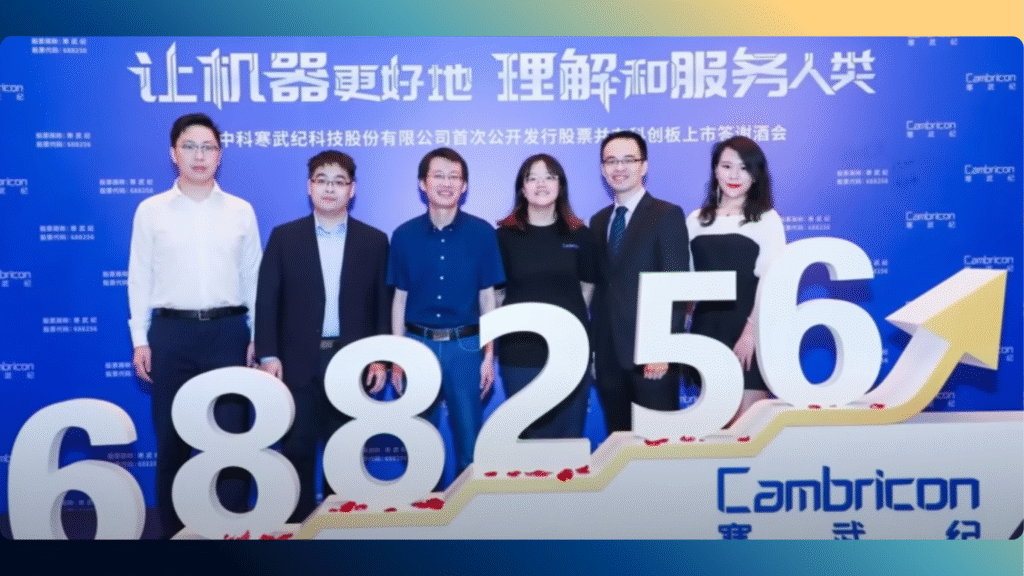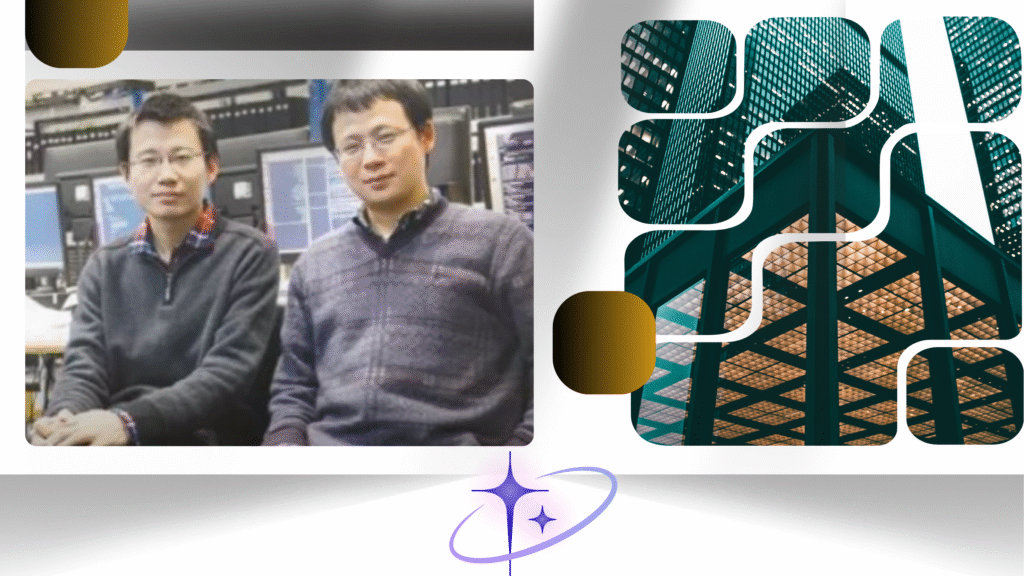In our fast-moving digital world, AI-driven chatbots have quickly become a part of everyday life, offering instant interaction, personalized responses, and even a bit of entertainment whenever we need it. But as these virtual companions grow in popularity, so do the questions about their safety. Is Talkie AI Safe?
One AI platform drawing significant attention is Talkie AI—an app designed to simulate conversation, build connections, and provide companionship for its users. With thousands of people engaging with it daily, Questions naturally arise: Is Talkie AI Safe? How safe is Talkie AI really?
In this article, we’ll take a closer look at that question by breaking down Talkie AI’s security measures, reviewing its privacy practices, and sharing real-world user experiences. By exploring its strengths, potential risks, and key considerations, you’ll have the insight needed to decide whether this chatbot fits your safety and privacy expectations.

Introduction to Talkie AI
Talkie AI is a friendly digital friend created to make conversations fun and easy for everyone. It was made by a small technology company called Subsup, which is based in Singapore. This app allows users to talk to smart computer characters using just messages or voice recordings. Imagine chatting with your favorite cartoon character, a famous singer, or even a made-up alien — that’s what Talkie AI makes possible. It’s designed not only to entertain but also to help people with basic advice, support their feelings, or just have a good chat. Many young people, especially teenagers and kids, like using Talkie AI because it feels like talking to a real friend who can tell stories, joke around, and listen.
Who Started Talkie AI?
The people behind Talkie AI are a team of young developers from Singapore. They wanted to create a smart, fun, and safe way for everyone to talk to computers. Their goal was to make AI chatbots that act like real friends — friendly, easy to talk to, and trustworthy. While we don’t know the exact names of these creators, what matters most is their dream: to make digital friends that are helpful and fun. They started this project because they saw that many people, especially young users, wanted more than just basic voice helpers — they wanted characters they could connect with on a personal level. Since it began, Talkie AI has become very popular, attracting users from many countries who enjoy chatting with these virtual friends.
The Story of Talkie AI
The idea for Talkie AI began when the creators noticed that many folks used digital assistants like Siri and Alexa. But these helpers usually gave simple, boring answers. So, the team wanted to make something more exciting. They started small, with just a few simple chatbots. But as time passed, they added new features to make it more fun and customized. For example, users can now choose characters that look and act like their favorite stars or cartoon heroes. They can also set up the AI to remember their names or hobbies, making each chat more personal. By 2024, lots of youngsters loved having AI friends who could tell jokes, sing, or even act as a listening ear. The app kept growing, catching the attention of many users worldwide.
Talkie AI Development Timeline (Subsup, Singapore)
| Year / Time | Milestone | Details (Simple Words) |
|---|---|---|
| Early Idea (Before 2022) | Noticing a Gap | The creators noticed people were using voice assistants like Siri and Alexa, but those gave short and boring answers. So, they wanted to make a fun AI that feels more human. |
| 2022 | First Chatbots | The team started small with a few basic AI bots that could reply to simple messages. It was more like a test version to see what worked. |
| Mid-2023 | Character Customization | They added a cool new feature where users could choose characters — like pop stars, cartoon heroes, or even make their own AI friends with different personalities. |
| Late 2023 | Personal Memory | The app became smarter. Now, the AI could remember your name, hobbies, and the last chat. This made each conversation feel more personal and real. |
| Early 2024 | AI for Fun & Support | Talkie AI wasn’t just for fun anymore. It could now tell jokes, sing songs, listen to problems, and even act like a coach or friend. Many teenagers and kids enjoyed this. |
| Mid-2024 | Global Popularity | The app grew fast. People from around the world started using it. Young users especially loved how the AI acted like a real companion or chat buddy. |
| Late 2024 & Beyond | Privacy Warnings | As the app became more popular, privacy concerns grew. People started asking, “What info does the AI collect?” It turns out it gathers birthdate, voice, location, and interests — a red flag for many parents. |
Summary of Talkie AI’s Growth
Started as a fun idea to improve boring voice assistants.
Became popular because it lets users pick or build fun characters.
Added memory so the AI could remember your name or likes.
Used for support, jokes, storytelling, or just to chat like a friend.
Gained fans worldwide — especially kids and teens.
But now, parents are worried about how much personal info is being collected.
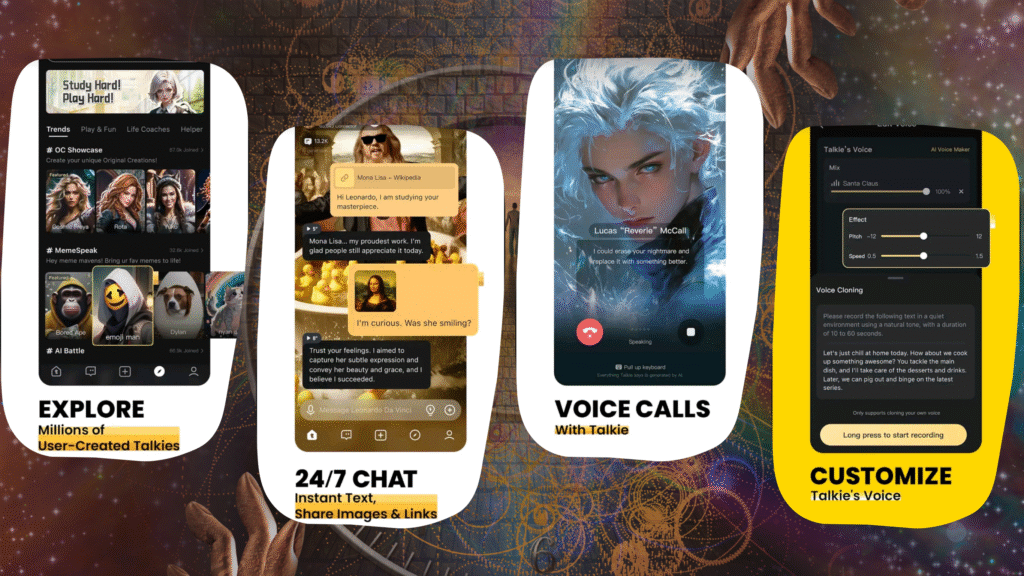
Main Features of Talkie AI
Talkie AI comes with many interesting features that make it special:
- Chatting in Text or Voice: You can type your messages or talk out loud. The AI understands both ways easily.
- Talking to Famous or Imaginary People: Want to chat with a pop star or a made-up space explorer? You can pick from many characters or make your own.
- Design Your Own AI Friend: This popular feature lets you create a unique character. You choose its name, how it sounds, what kind of personality it has, and what it likes. This makes each AI very personal and fun to talk to.
- Supportive Conversations: Besides fun, Talkie AI can motivate you, help you feel better when sad, or give simple health tips. It can act like a friend, coach, or listener — but always remember, it’s just a computer program.
- Safety Features: Parents can set limits, and the app uses filters to stop bad language or unsafe topics, making it safer for kids.
Are There Privacy Concerns?
While Talkie AI is enjoyable, some experts say we should be careful with personal information. The app might collect details like your location, voice recordings, or interests. Sometimes, this data could be shared with advertisers or third parties. It’s important for parents and users to check privacy settings and only share what’s safe. Kids may feel like they are talking to friends, but parents should remind them not to share private or sensitive stuff.
Why Do Kids Love It — and What Should Parents Know?
Many children enjoy talking to cool characters and creating their own AI friends. It feels like having a new playmate or storyteller right in their pocket. However, since the AI can seem very real, kids might start trusting it too much or sharing personal secrets. That’s why adults should supervise how children use Talkie AI, explaining online safety and privacy rules.
Conclusion:
Talkie AI by Subsup in Singapore is a good example of how artificial intelligence can be both fun and helpful. It lets people connect through chats, voice, storytelling, and personalized characters. Still, it’s important to remember that it’s a machine — not a real person. Users should use the app responsibly, with awareness about privacy and safety. Overall, Talkie AI shows how the future of talking with computers can be friendly, entertaining, and innovative — if used wisely.


